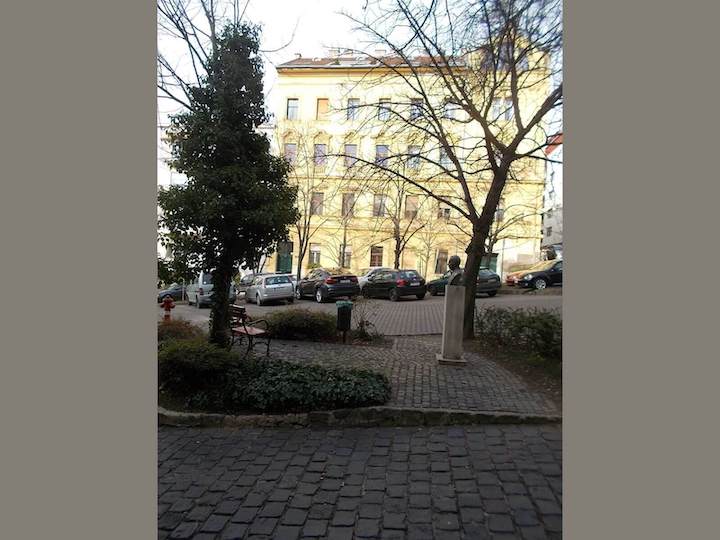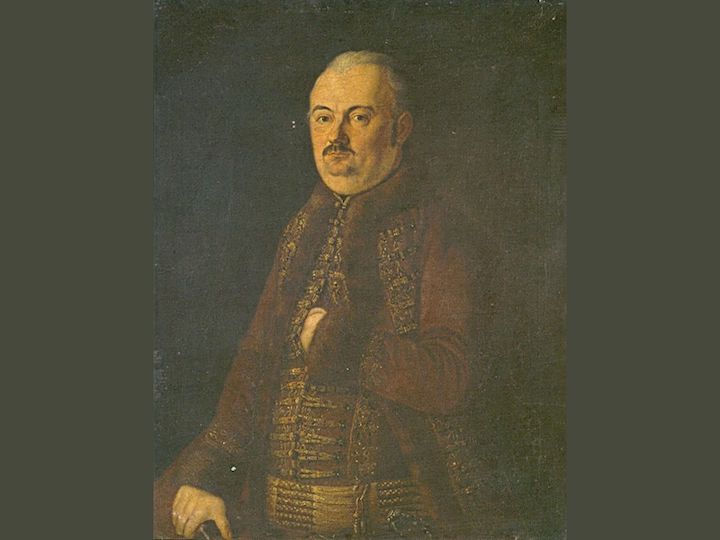
Egy önzetlen mecénás
Még a Budán élők közül sem mindenki tudja, ki volt valójában az az ember, akinek a nevét viseli a Rózsadomb alján lévő, létesítményeiről nevezetes tér, és az illető mivel érdemelte ki, hogy közterületet nevezzenek el róla.
Rendszert alkotó íráshagyomány a helyesírásunkban
A Magyarságkutató Intézet tudományos feladati közé tartozik a múltunkra, kultúránkra vonatkozó ismeretek bővítése és azok torzításmentes megjelenítése mellett a jelenkor történéseinek megfigyelése és értékelése. Ezzel nemcsak összefüggéseket tár fel, hanem egyúttal segíti is az ismeretek pontosabb alkalmazását. A nyelv rendszerének használata nem könnyű; munkatársunk néhány helyesírási kérdésben nyúlt segítséget írásával.

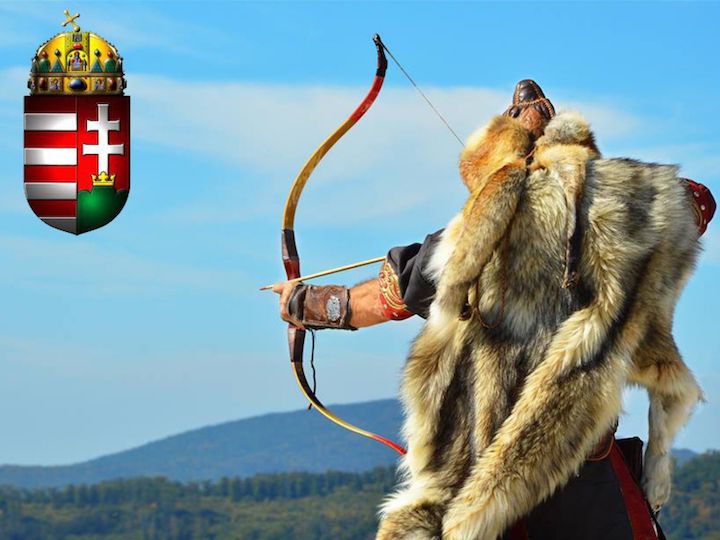
A magyar szív nyilai
Eseményekben bővelkedő esztendőt zárt a Magyarságkutató Intézet hagyományőrző szakértője, Mónus József László íjász, akit Keleten Fehér Farkasként, az Amerikai Egyesült Államokban pedig Két Tollként is ismernek. Az év szinte minden napjára jutott számára program, hogy békében és barátságban harcolhasson a magyar zászló becsületéért.
A katolicizmus védelmezője, gróf Cziráky János
Gróf Cziráky János, a XIX. század közéletének egyik legkonzervatívabb irányzatának képviselője több mint két évszázaddal ezelőtt, 1818. december 29-én született Budán. Az arisztokrata család a szóbeli emlékezete szerint egészen az Árpádok idejéig, de legalább a XII. századig, az írott források alapján pedig a XIV. századig tudta visszavezetni gyökereit, a jeles ősök figyelemre méltó cselekedeteit.

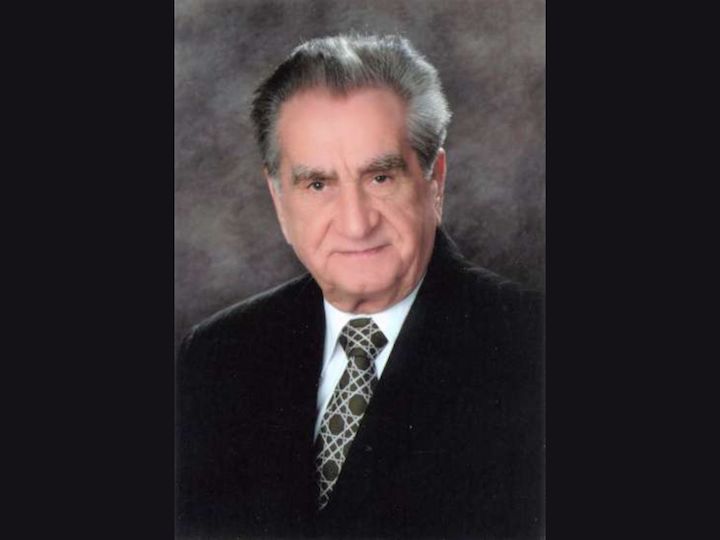
Ördög Ferencre emlékezünk (1933. április 5. – 2015. december 28.)
Ördög Ferenc a magyar névtan és a forrásközlés jeles személyisége volt. Tudományos munkássága mellett a tanítás is fontos szerepet töltött be életében.
Az ó embertől az új emberig
1944. december 27-én hunyt el Boldog Salkaházi Sára, a magyar vértanú, aki szeretetből és meggyőződésből embertársaiért áldozta életét.
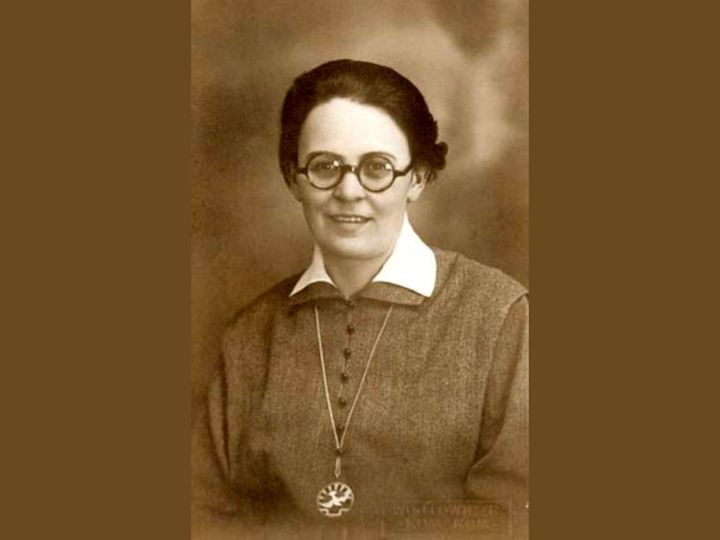
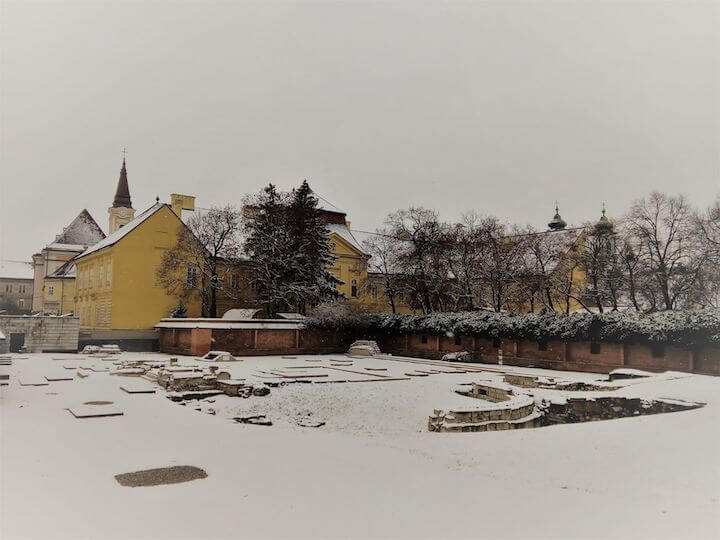
1000 karácsonyán koronázták királlyá Székesfehérvárott Istvánt
1023 éve egy 18-20 éves ifjú férfi élete legfontosabb karácsonyát ülte meg. A helyszín Székesfehérvár volt, az újonnan felépült Szűz Mária Bazilika; kevéssel arrébb egy kisebb kiemelkedésen álló négykaréjos templomban már negyedik éve nyugodott édesapja. Apjától, Gézától szívesen fogadta a hatalom öröklését, de a régi világból eredő kötelmek nélkül. Ezért nem apja címét vitte tovább, hanem új uralkodói titulust vett fel, s nem apja temetkező templomát fejlesztette fel bazilikává, hanem evégett új templomot építtetett 997–1000 között.
„A kárpáti fenyők nem jöhettek el” 1944 karácsonya Budapesten
A második világháború magyarországi hadszínterén – Sztálin jóvoltából – 1944 októberétől versenyfutás vette kezdetét a 2. és a 3. Ukrán Front között, melyik ér előbb a magyar főváros előterébe. Nem kíméltek sem emberi, sem anyagi erőt, így 1944. december 24-én Budapest körül bezárult az ostromgyűrű.
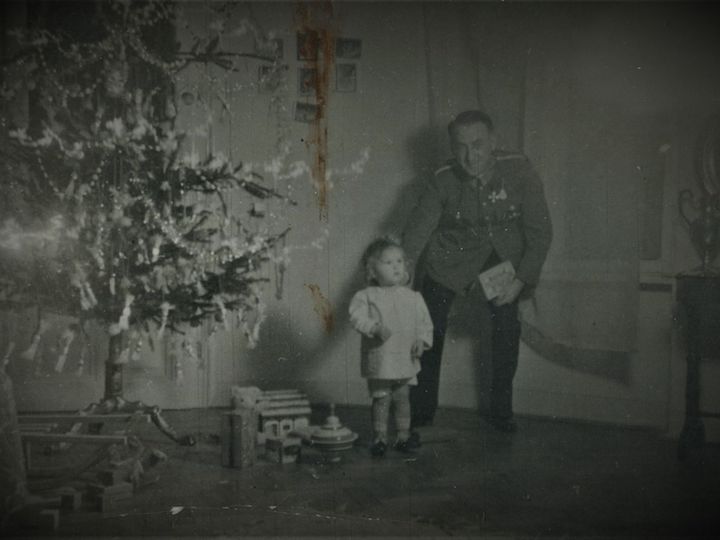

Székelyföld Díjban részesült munkatársunk
A Magyarságkutató Intézet László Gyula Kutatóközpont és Archívum munkatársának a Székelyföld Díjat adományozta Hargita Megye Tanácsa, a Hargita Kiadóhivatal, valamint a Székelyföld szerkesztősége által delegált, a kitüntetést odaítéléséről döntő kuratórium.
Egy Márai-vers margójára Gondolatok nyelvről és identitásról az emigráció nemzetközi napján
December 18-án, az emigránsok nemzetközi napján sokféle megközelítésből lehetne írni a hazájukat valamilyen okból elhagyó emberekről. Mit jelent országot váltani, hazát cserélni egy ember életében? Erről hitelesen csak az tud beszámolni, aki maga is átélte.
